As we traverse the fashion landscape of today, it’s fascinating to observe the resurgence of styles that once graced the runways and dominated the streets of yesteryears. Retro trends are making waves again, resonating with audiences who find solace in the nostalgic charm of the past. These styles, often rooted in cultures and eras gone by, are not merely fashion statements—they’re a reflection of our desire to connect with history and reimagine it for modern times. From vintage-inspired clothing to classic home decor, retro aesthetics are infiltrating every corner of daily life, offering a unique blend of timeless elegance and contemporary flair. In this exploration, we’ll delve into the reasons behind this phenomenon, uncover the historical roots of these trends, and discover how they continue to captivate us in the present.
Key Takeaways
- How People Explore Retro Trends
- People explore retro trends through retro sales platforms, social media, flea markets, online communities, fashion revivals, curating personal style, research, and sustainability efforts.
- Why Retro Trends Are Appealing
- Retro trends are appealing because they evoke nostalgia, offer unique style reinvention, promote sustainability, foster a strong community, have timeless appeal across generations, innovate continuously, and are accessible and affordable.
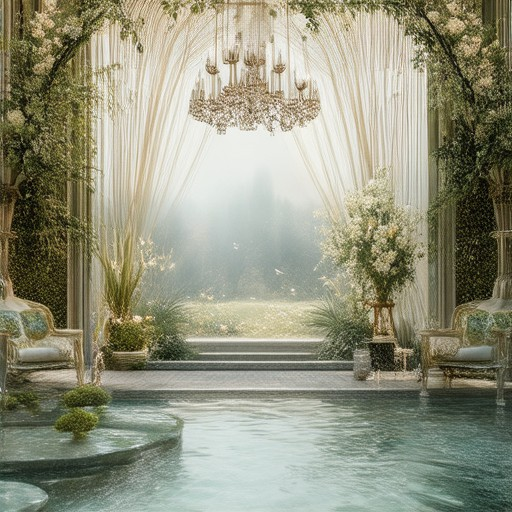
Why Are Retro Styles Making a Comeback?
Retro styles are experiencing a significant resurgence due to a combination of cultural, social, and economic factors. Here are the key reasons behind this trend:
- Sustainability and Slow Fashion :
Retro styles align with the growing demand for sustainable fashion. Vintage pieces are often handcrafted, upcycled, or made in limited quantities, making them a perfect fit for consumers seeking unique, long-lasting clothing. This movement away from fast fashion emphasizes quality over quantity, resonating with eco-conscious individuals. - Social Media Influence :
Platforms like Instagram and Pinterest have played a crucial role in popularizing retro fashion. Celebrities, influencers, and fashion enthusiasts frequently share photos of vintage outfits, creating a wave of nostalgia and inspiring millions to embrace retro styles. - Nostalgia and Comfort :
Retro fashion taps into a sense of nostalgia, reminding people of a simpler time. The comfort and familiarity of these styles make them appealing, especially in today’s fast-paced world. Brands are also revisiting iconic designs from the 70s, 80s, and 90s, making them accessible again. - Modern Design Interpretations :
Designers are reimagining retro styles by combining them with contemporary elements. This fusion creates fresh, unique looks that appeal to a younger generation while maintaining the charm of classic designs. - Affordability and Upcycling :
During economic challenges, many turn to vintage shopping as a cost-effective way to refresh their wardrobes. Additionally, upcycling old clothes into retro-inspired pieces has gained popularity, offering a creative and budget-friendly way to stay fashionable. - Cultural Cycles in Fashion :
Fashion trends naturally cycle, and retro styles are no exception. Their periodic return reflects the cyclical nature of the industry, with each era’s influences re-emerging after a period of neglect.
This revival highlights a shift in consumer preferences toward individuality, authenticity, and a connection to the past. As retro styles continue to evolve, they remain a beloved choice for those seeking a unique and timeless aesthetic.
Where Did Retro Fashion Originate?
Retro fashion is rooted in a blend of historical influences and cultural shifts, emerging from various eras and regions over time. Its origins can be traced back to the mid-20th century, with significant revivals in subsequent decades.
- Mid-20th Century Foundations : Retro fashion began gaining momentum in the 1950s, influenced by the swing era and post-war styles. This period laid the groundwork for the revival of 1920s and 1930s fashions.
- 1960s Influence : The British “Mod” and “Rocker” subcultures played a crucial role in reintroducing 1950s styles, particularly through their distinctive fashion choices.
- 1970s Punk Movement : The punk movement brought a rebellious edge to retro fashion, drawing inspiration from 1970s styles while rejecting mainstream norms.
- 1980s and 1990s Revival : During the 1980s and 1990s, retro fashion continued to evolve, blending elements from the 1970s with contemporary styles. The grunge movement in the 1990s further popularized retro influences.
- 21st-Century Globalization : In recent years, retro fashion has become a global phenomenon, with countries like the U.S., Japan, and Europe leading the market for vintage and nostalgic styles. The rise of online platforms has facilitated the widespread availability and appreciation of retro fashion.
Retro fashion’s enduring appeal lies in its ability to bridge the gap between the past and present, offering a unique perspective on history through clothing.
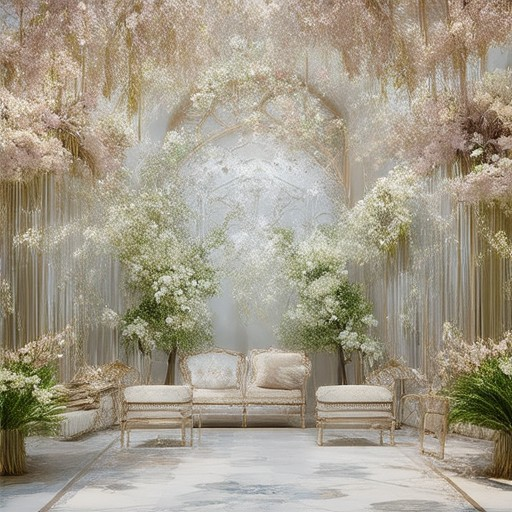
How Do People Explore Retro Trends?
People explore retro trends through various methods, each offering unique ways to connect with the past and infuse modern style. Here’s a breakdown of how individuals engage with retro trends:
- Retro Sales Platforms : Websites like RetroSales specialize in vintage goods, providing access to rare items and collectibles. These platforms cater to enthusiasts who appreciate yesteryear’s charm, combining historical significance with contemporary appeal.
- Social Media : Platforms like Instagram and Pinterest are hubs for retro inspiration. Users share photos of vintage fashion, home decor, and cultural artifacts, inspiring others to embrace nostalgic styles.
- Flea Markets and Vintage Fairs : Attending local or international events like Brimfield Flea Market allows people to browse diverse collections, interact with sellers, and discover hidden gems.
- Online Communities : Forums and groups dedicated to retro culture, such as Reddit’s r/vintage or r/retrofits, offer rich discussions and resources. Members often swap tips and share finds.
- Fashion Revivals : Designers and fashion-forward individuals reinterpret classic styles, creating modern takes on past eras. This approach keeps retro trends relevant and accessible.
- Curating Personal Style : Individuals mix vintage pieces with contemporary attire, creating unique looks that blend nostalgia with today’s fashion.
- Research and Education : Studying historical periods and cultural movements helps people understand the context behind retro trends, enabling them to make informed style choices.
- Sustainability Efforts : Many retro enthusiasts support eco-friendly practices by repurposing old items, aligning with the movement’s emphasis on reuse and recycling.
By leveraging these methods, people dive into retro trends, blending history with modernity to create distinctive styles and experiences.
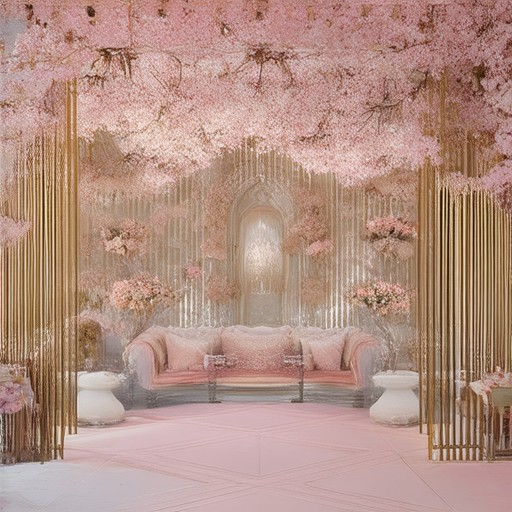
How Do People Explore Retro Trends?
People explore retro trends through various methods, each offering unique ways to connect with the past and infuse modern style. Here’s a breakdown of how individuals engage with retro trends:
- Retro Sales Platforms : Websites like RetroSales specialize in vintage goods, providing access to rare items and collectibles. These platforms cater to enthusiasts who appreciate yesteryear’s charm, combining historical significance with contemporary appeal.
- Social Media : Platforms like Instagram and Pinterest are hubs for retro inspiration. Users share photos of vintage fashion, home decor, and cultural artifacts, inspiring others to embrace nostalgic styles.
- Flea Markets and Vintage Fairs : Attending local or international events like Brimfield Flea Market allows people to browse diverse collections, interact with sellers, and discover hidden gems.
- Online Communities : Forums and groups dedicated to retro culture, such as Reddit’s r/vintage or r/retrofits, offer rich discussions and resources. Members often swap tips and share finds.
- Fashion Revivals : Designers and fashion-forward individuals reinterpret classic styles, creating modern takes on past eras. This approach keeps retro trends relevant and accessible.
- Curating Personal Style : Individuals mix vintage pieces with contemporary attire, creating unique looks that blend nostalgia with today’s fashion.
- Research and Education : Studying historical periods and cultural movements helps people understand the context behind retro trends, enabling them to make informed style choices.
- Sustainability Efforts : Many retro enthusiasts support eco-friendly practices by repurposing old items, aligning with the movement’s emphasis on reuse and recycling.
By leveraging these methods, people dive into retro trends, blending history with modernity to create distinctive styles and experiences.
What Makes Retro Trends Appealing?
Retro trends continue to captivate audiences due to their unique blend of nostalgia, individuality, and timeless style. These trends resonate with a broad demographic, offering a bridge between the past and present while emphasizing sustainability and self-expression.
Nostalgia and Emotional Connection
Retro trends tap into a deep well of nostalgia, evoking memories of simpler times. Many people find comfort in revisiting the styles and cultures of the past, creating a sense of connection and familiarity. This emotional appeal often transcends age barriers, making retro fashion accessible and relatable to everyone.
Vintage Style Reinvention
Vintage styles offer a distinct aesthetic that stands apart from modern trends. By reviving classic designs, retro trends allow individuals to express their personality in a unique way. Whether it’s through clothing, home decor, or accessories, these styles provide a canvas for creativity and personal flair.
Sustainability and Resale Value
One of the most compelling aspects of retro trends is their contribution to sustainability. Vintage pieces are often one-of-a-kind, reducing the demand for mass production and promoting a more eco-conscious lifestyle. Additionally, many retro items hold significant value, making them a wise investment in both style and money.
Community and Culture
Retro trends foster a strong sense of community among enthusiasts. Platforms like RetroSales bring together collectors, designers, and fans who share a passion for yesteryear’s charm. This collaborative environment encourages the preservation and celebration of classic styles, turning retro trends into a cultural movement.
Timeless Appeal Across Generations
Retro trends transcend age and era, making them popular among younger generations discovering vintage culture while older generations revisit their youth. This intergenerational appeal ensures that retro styles remain relevant and vibrant in today’s fast-paced world.
Innovation and Adaptation
While rooted in the past, retro trends are not static. Designers and creators continuously reinterpret these styles, giving them fresh life in contemporary contexts. This innovation keeps the trend relevant, proving that old ideas can become new favorites.
Accessible and Affordable
Many retro-inspired pieces are affordable, making them a cost-effective way to embrace vintage style. Online marketplaces like RetroSales offer a wide range of options, from budget-friendly finds to statement pieces that elevate any outfit.
By embracing retro trends, individuals not only join a global community but also contribute to preserving cultural heritage. These trends remind us to appreciate the beauty of the past while staying ahead of the curve in today’s ever-evolving fashion landscape.

What Makes Retro Trends Appealing?
Retro trends capture the essence of nostalgia, blending timeless style with a modern twist. Their appeal lies in their ability to evoke emotions and connect people across generations.
Nostalgia and Emotional Connection
Retro trends tap into a sense of longing for the past, often bringing back memories of simpler times. This emotional connection creates a bond between individuals and the designs, making them feel familiar and comforting.
Sustainability and Vintage Charm
Many retro styles are inherently sustainable, as they encourage the reuse and repurposing of vintage pieces. This aligns with today’s growing awareness of environmental responsibility, making retro trends an eco-friendly choice.
Unique and Distinctive Style
Retro fashion offers a departure from contemporary norms, allowing individuals to stand out with bold, unconventional looks. Its eclectic nature provides endless opportunities for personal expression and creativity.
A Strong Community and Culture
Retro trends foster a vibrant community of like-minded enthusiasts who share a passion for history, art, and design. This collective interest strengthens the appeal of retro culture, making it a social and cultural phenomenon.
Adaptability and Relevance
Retro styles are not confined to the past; they continuously evolve, finding new relevance in modern contexts. This adaptability ensures that retro trends remain fresh and accessible to new generations.
Educational and Historical Value
Exploring retro trends offers a window into historical periods, providing insight into societal changes and cultural shifts. This educational aspect adds depth to the appeal of reviving old styles.
In conclusion, retro trends are appealing because they combine nostalgia, uniqueness, and a touch of history with modern-day relevance. Their ability to evoke emotion and inspire individuality makes them a beloved part of fashion and culture.
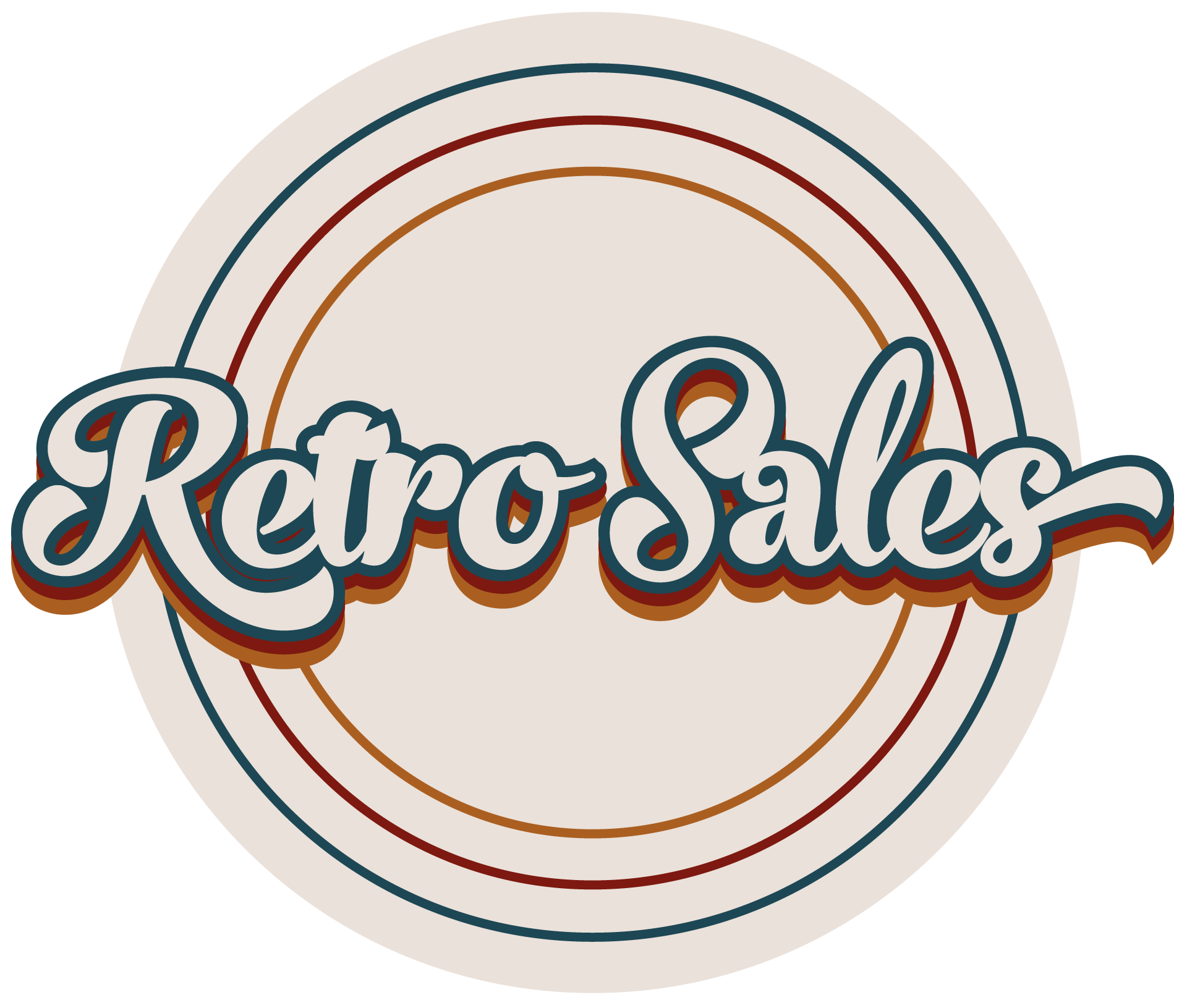
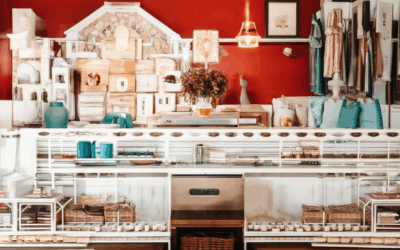
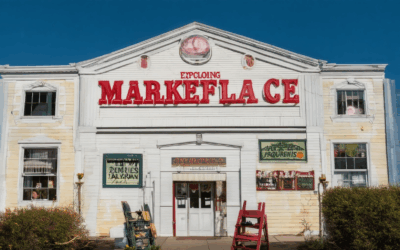
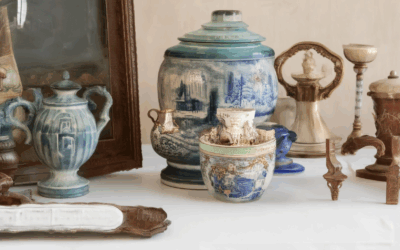
0 Comments